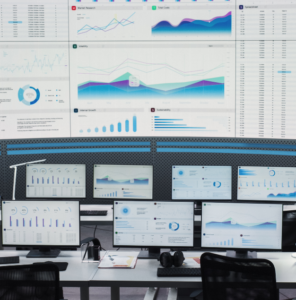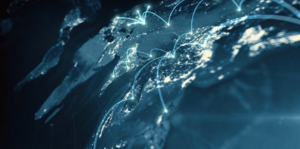01-10-2025
The Importance of MFA for AV System Security
From secure conferencing platforms to AV control interfaces, digitally connected audiovisual systems are increasingly targeted by cyber threats. As organisations integrate AV systems into their core workflows, safeguarding them with robust security measures becomes essential. That is where multi-factor authentication in AV plays a pivotal role.
Why MFA Matters in AV Security
At its core, multi-factor authentication (MFA) adds an essential layer of protection beyond simple username and password logins. By combining two or more authentication factors, such as something you know (a PIN), something you have (a smartphone or hardware token), or something you are (biometrics), MFA can significantly strengthen defences against unauthorised access.
For AV systems, this protection is critical. Whether you are using a conference room AV control panel or a cloud-managed lecture capture system, unauthorised access can lead to disruptions, data leakage, or even malicious misuse of sensitive audiovisual infrastructure.
Enhancing Secure Conferencing with MFA
Secure conferencing platforms are particularly vulnerable to credential compromise. Incorporating MFA ensures that even if login credentials are exposed, access remains blocked without the second authentication factor. We believe that secure conferencing demands more than encryption, it requires strong identity validation at the access point.
With MFA in place, the risk of unauthorised meeting entry, or account takeover drops dramatically. According to CISA, implementing MFA makes accounts 99.9% less likely to be compromised.
Best Practices for MFA in AV Environments
- Choose Strong Authentication Methods – opt for authenticator apps, hardware tokens, or biometric systems over less secure SMS-based methods.
- Deploy Adaptive or Risk-Based MFA – use context-aware MFA which incorporate adaptive systems that respond to risk levels like unknown devices or locations, to balance usability with security.
- Educate Users – ensure staff understand how to set up and use MFA and have fallback options such as backup codes if required.
- Integrate MFA into Zero-Trust AV Architectures – MFA is not a standalone control. It complements broader security frameworks, including defence-in-depth and zero-trust for AV system protection.
The High Stakes of Neglecting MFA
Ignoring MFA is not just risky, it can be costly. The reputational damage from a breached executive boardroom session, leaked lecture recordings, or tampered corporate presentations can be severe. Implementing MFA safeguards your audiovisual environment and reinforces trust in your overall cybersecurity posture.
Please get in touch to find out how we can help make your AV systems and video conferencing more secure.





